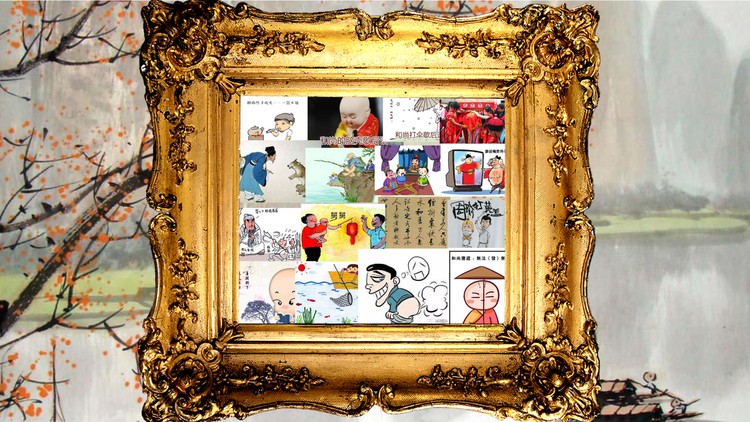Chinese Allegories: Your smart/easy option to learn Chinese – Free Udemy Courses
Chinese allegories can be a good/interesting tool in your communication (to Chinese or Westerners), Speaking or Writing
What you’ll learn
Chinese Allegories: Your smart/easy option to learn Chinese – Free Udemy Courses
- 200 Chinese allegories
- Self-Quiz and Real-time exercise
- How to utilize these allegories (The language context)
- Familiar with Chinese culture
Requirements
-
You don’t need Chinese background to learn from this course, just utilize the allegories in your communication. However, if you already have a Chinese background, it’ll be a big plus.
Description
Do you want to show your Chinese knowledge to your friends (Chinese or Westerners)? Let me teach you an easy way.
One of the beautiful aspects of the Chinese language is its allegorical sayings. Like idioms, proverbs, and set phrases, allegorical sayings enrich daily Chinese conversation and make the people who use them sound more intelligent. Many of these expressions make allegorical references to religion, history, legends, or folklore.
Allegory in common acknowledges as a figurative sentence or discourse, in which the principal subject is described by another subject resembling it in its properties and circumstances.
Allegorical sayings come in two parts. The first part is an allegory (such as 八仙过海, “Eight Immortals cross the ocean”) and the second part is an explanation that describes the context you’re in (such as 各显神通, “each displays his/her unique talents”). This particular allegory is rooted in Daoism.
Some allegorical sayings rely on homophones. For example, 打破沙锅,问到底 is a homophone of 打破沙锅,璺到底. The first part means “break the earthenware pot”. As for the second part, just by changing one character, the meaning changes from “crack it right through” to “get to the bottom of this issue”. Therefore, saying the first part, “break the earthenware pot” can be an allusion to “get to the bottom of this issue” in Chinese conversation. The Chinese adore homophones.
In this course, we’ve collected 200 Chinese allegories, for every 10 Allegories is a Section, there are plenty of Self-Quiz and real-time exercises, you can easily understand the meaning of every allegory and how to utilize these allegories in communication.
We’ve given several cases in which some famous people, use Chinese Allegories in their communication.
You can do the same!
Who this course is for
- Want to utilize Chinese allegories in your communication (Speaking or Writing)
- Those who have a great interest in Chinese culture










